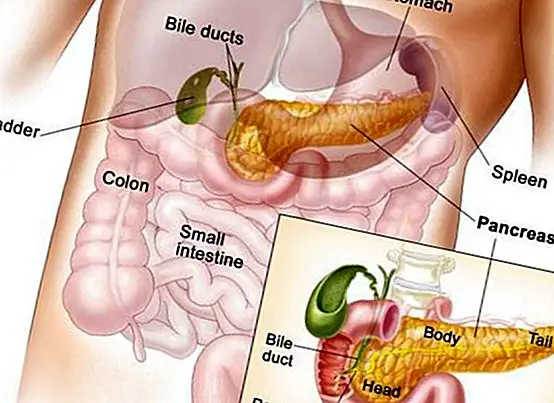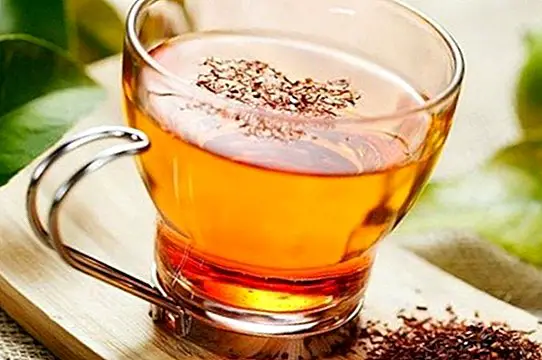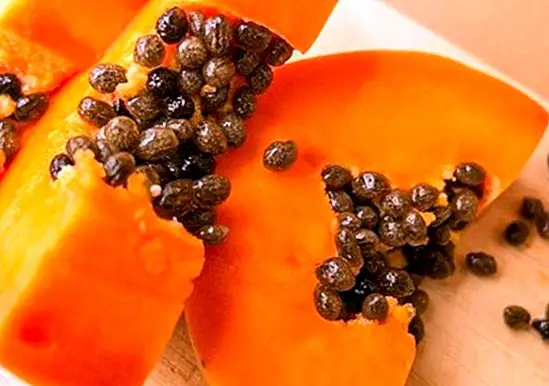Functions of bile
When we talk about the functions of the gall bladder, we must also talk - obviously - about the bile, a greenish-yellow fluid produced by hepatocytes (or liver cells), secreted through the biliary system into the small intestine. Your main objective? Help in the process of digestion and facilitate the absorption of fats.
The gallbladder is a small organ that usually has between 5 to 7 centimeters in diameter. It is popular and very characteristic because it usually has a shape that reminds a lot of the shape of a pear. It is connected to the small intestine through the common bile duct.

The biliary system consists of the gall bladder itself, the bile ducts and the different associated structures that actively participate in both the production and transport of bile.
Bile is excreted from the body through the stool, which precisely gives the dark brown color to the stool. There is a condition known as jaundice, which occurs when there are high levels of bilirubin, pigment of an equally yellow color found in the bile, and that increases in the blood when there are problems or alterations of the liver or bile ducts.
What is the composition of bile?
The bile is formed mainly by water and by waste products of the liver, among which we find lecithin (phospholipid), cholesterol and bile salts, which are components that enable the absorption and degradation of fats.
The main functions of bile
- Degrades fats and improves their absorption.
- It allows digestion.
- Useful in transport and absorption of the final products of digestion.
- It promotes the elimination of liver waste: excess cholesterol and bilirubin.



